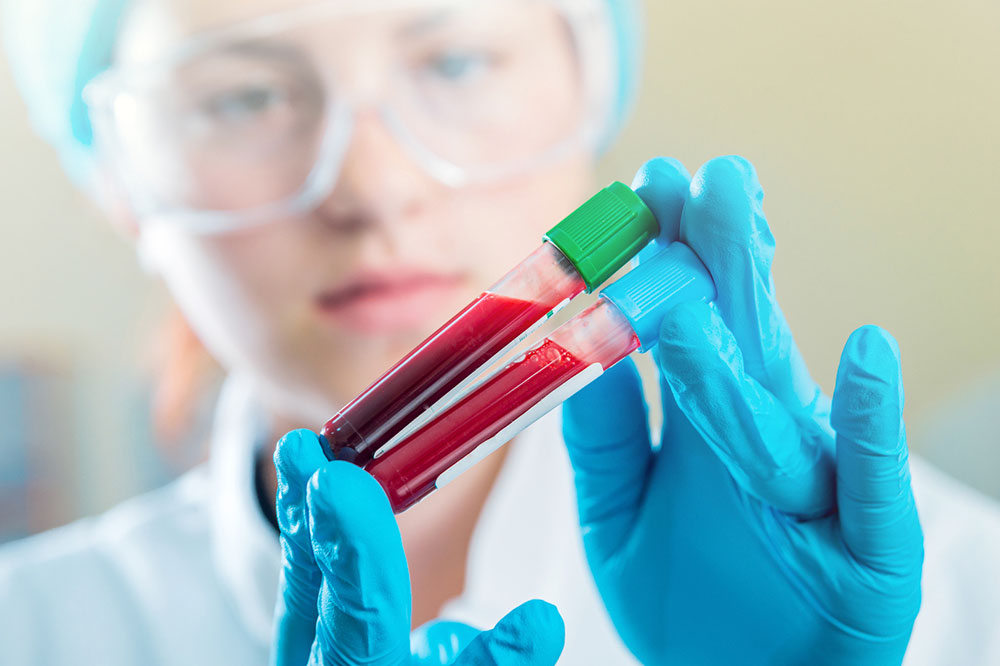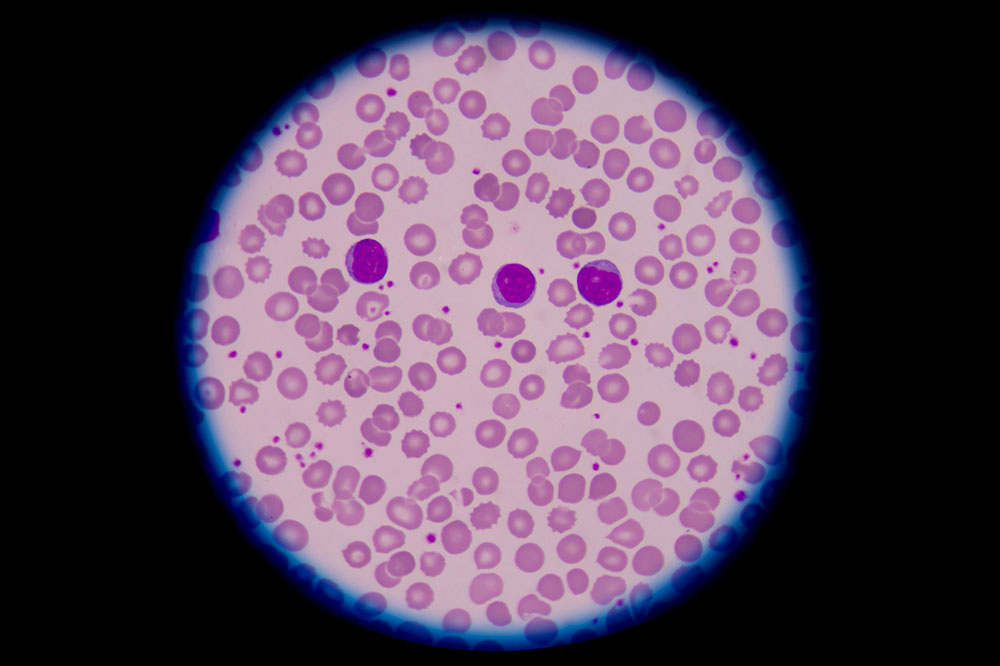Complete Overview of Hematological Disorders
This article provides a thorough overview of blood disorders, including their types, symptoms, causes, and risk factors. It covers conditions involving both low and high blood component levels, highlighting key signs like anemia, clotting issues, and abnormal bruising. Understanding these disorders helps in early detection and management, emphasizing the importance of consulting medical professionals for proper diagnosis and treatment. The content aims to inform, not replace professional healthcare advice.

Complete Overview of Hematological Disorders
Blood disorders encompass conditions that disrupt the normal functions of blood components. These issues can impair blood flow and hinder vital processes, with symptoms varying based on the specific disorder. Commonly, these conditions involve a decrease in blood cells, nutrients, or platelets. Many blood diseases are named after the affected component, such as anemia, thrombocytopenia, and leukopenia, which involve reduced levels. Conversely, some disorders cause an overproduction of certain blood components like erythrocytosis, leukocytosis, and thrombocythemia.
Typical symptoms
Blood disorders can affect various parts of the body, presenting diverse symptoms.
When blood components decrease, symptoms may include:
Fatigue, weakness, and breathlessness due to low red blood cell levels (anemia)
Recurrent infections and persistent fever caused by white blood cell deficiency
Elevated blood components can also lead to symptoms such as:
Thickened blood, headaches, and skin redness from increased red blood cells
Blood thickening associated with high immune protein levels
Excessive clot formation from increased platelets
Signs more indicative of blood conditions include:
Clot formation issues: Often in the legs, causing redness and swelling, and sometimes leading to breathing problems.
Petechiae: Red skin rash caused by low platelet count.
Swollen lymph nodes: Typically linked to white blood cell cancers such as leukemia.
Pallor: Pale skin often seen with anemia.
Pica: Craving non-food items like dirt or ice, usually due to iron deficiency.
Causes and risk elements
Blood disorders may be inherited or acquired through infections, medications, toxins, or poor nutrition, especially deficiencies in iron and vitamin B12. Genetic predisposition is a key factor, increasing risk if family history exists. Additional risks include advanced age, liver or kidney diseases, poor nutrition, exposure to harmful chemicals, pregnancy, trauma, or surgery.










